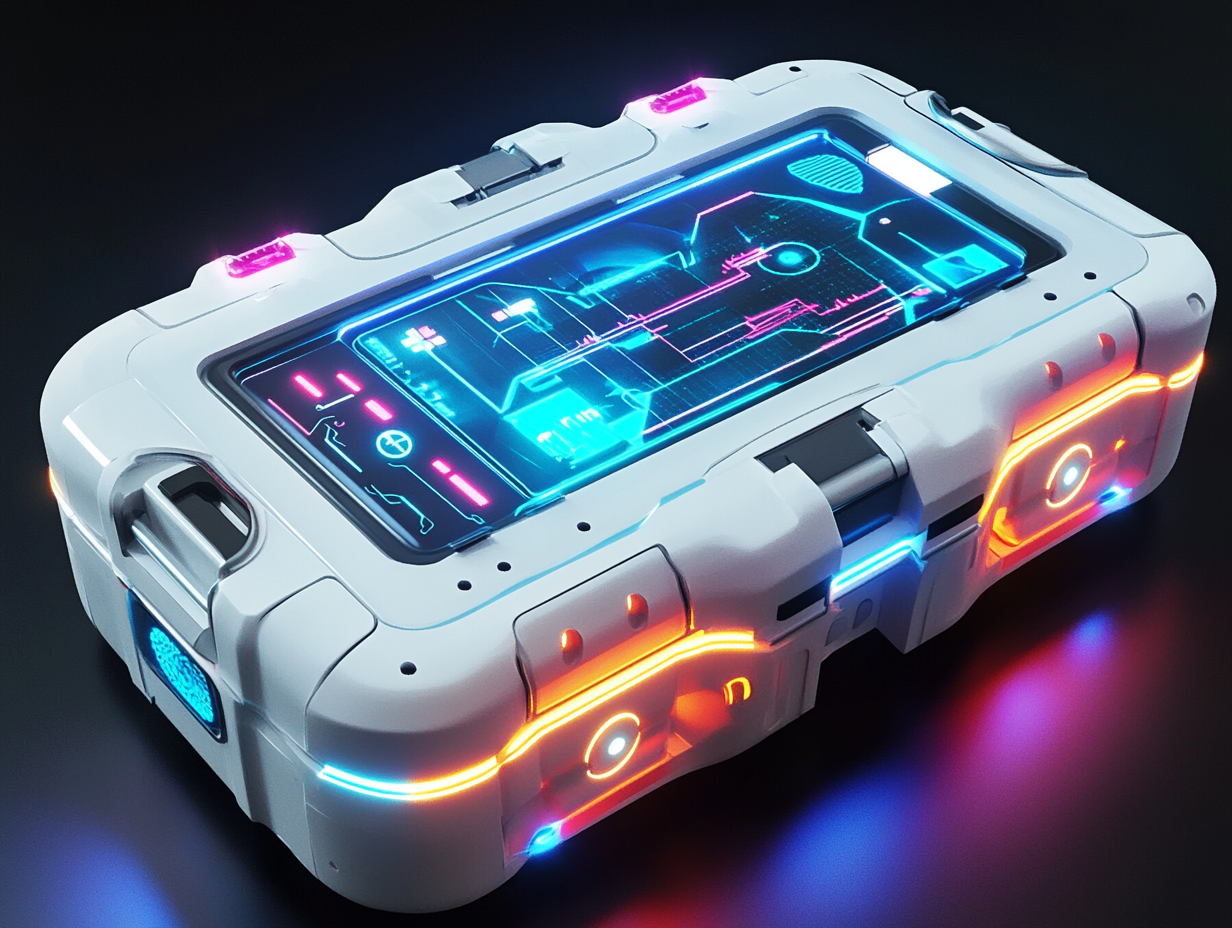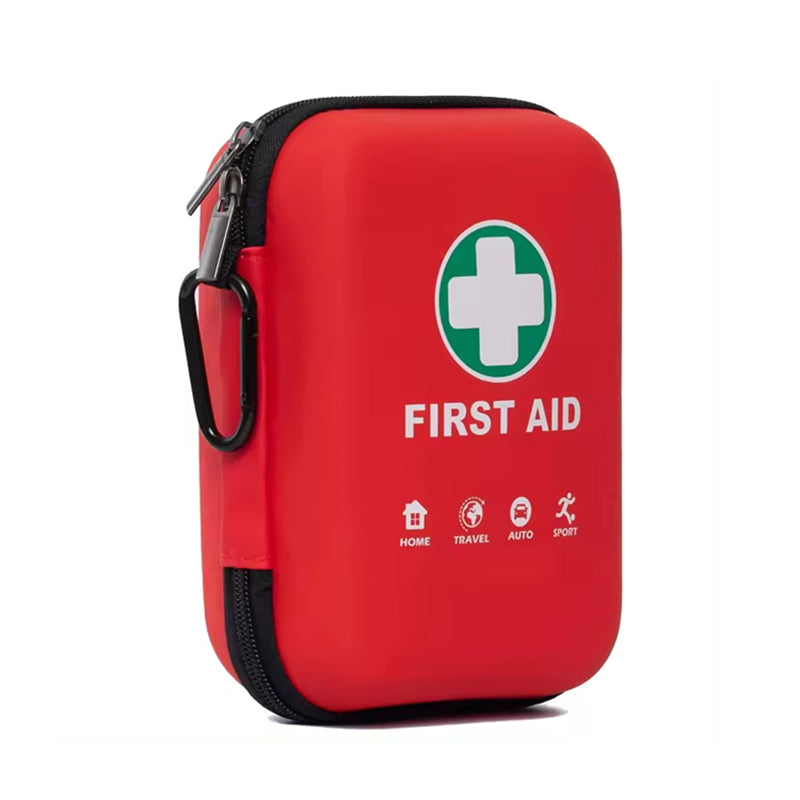Future Trends in Children's First Aid Kits

During a child's growth, accidents are inevitable. Whether it’s bumps and bruises at home, sports injuries at school, or sudden incidents in public places, a children’s first aid kit serves as a crucial safeguard for their health.
So, how will future first aid kits evolve, and how can technological innovations enhance emergency efficiency and user experience?
Smart First Aid Kits: Technology-Driven, Precision Protection
Traditional children's first aid kits are merely containers for medical supplies. However, future smart first aid kits will go beyond this limitation, incorporating multiple advanced technologies to achieve efficient and intelligent life protection.
1. Real-Time Monitoring to Ensure Readiness
Future first aid kits will be equipped with smart sensors capable of monitoring the expiration dates of medications and medical devices in real time.
If any item is nearing expiration, the system will automatically notify parents or guardians to ensure that all supplies remain in optimal condition, preventing delayed treatment due to expired medication.
2. Smart Positioning for Quick Response
Smart first aid kits will be connected to parents' mobile devices, providing real-time location tracking.
If a child encounters an emergency while outside, parents can quickly locate the first aid kit, ensuring immediate access to emergency supplies and improving response efficiency.
3. Remote Medical Support for Accurate Treatment
Future first aid kits will also feature video calling functions, allowing users to connect directly with doctors for real-time emergency guidance.
Whether it’s a simple bandaging procedure or a sudden allergic reaction, parents and teachers can perform precise first aid under professional supervision, significantly increasing the success rate of emergency interventions.
Personalized Healthcare: Customized Emergency Solutions
Every child’s health condition is unique. Future children’s first aid kits will support personalized customization, providing emergency supplies tailored to a child’s specific health data.
1. Customizing First Aid Supplies Based on Health Data
Smart first aid kits will integrate with medical institutions or family doctors to access a child’s health records, such as allergy history and chronic illnesses. This ensures that the contents of the first aid kit meet the child’s specific needs.
For example:
- Children with food allergies will have an epinephrine auto-injector in their kit.
- Asthmatic children will have inhalers and necessary medications readily available.
This tailored approach ensures that first aid kits are highly targeted, providing the most appropriate emergency treatment in critical situations.
Future Application Scenarios: Building a Comprehensive Safety Network
1. Schools: Intelligent Management for Improved Emergency Efficiency
In the future, schools will widely adopt smart first aid kits placed in classrooms, gyms, and other key locations.
If a student is injured, teachers or classmates can quickly access the first aid kit and use its intelligent features for emergency guidance.
Additionally, school management systems will be able to monitor the usage of first aid kits in real time, ensuring adequate supplies at all times.
2. Homes: Personalized Care for Parental Peace of Mind
Personalized first aid kits allow parents to adjust the contents based on their child's growth and health status, ensuring that emergency supplies are always relevant.
Moreover, smart reminders help parents manage medication usage, preventing neglect due to a busy lifestyle.
3. Public Places: Expanding First Aid Resources for Community Emergency Response
Shopping malls, parks, and other crowded public areas will be equipped with smart, high-capacity children’s first aid kits, making them accessible to anyone in an emergency.
Furthermore, the remote medical support function enables bystanders to provide immediate assistance under a doctor’s guidance, buying valuable time for injured children.
Conclusion: Smart + Personalized, Strengthening Child Safety
Future children’s first aid kits will no longer be simple emergency tools; instead, they will integrate advanced technology with human-centered design to provide comprehensive safety solutions.
Smart features will enhance emergency efficiency, while personalization will ensure precise treatment. These innovations not only safeguard children’s health but also offer families and society a more robust security system.
Let’s look forward to the smart and personalized evolution of children’s first aid kits, creating a safer and healthier environment for children’s growth!
